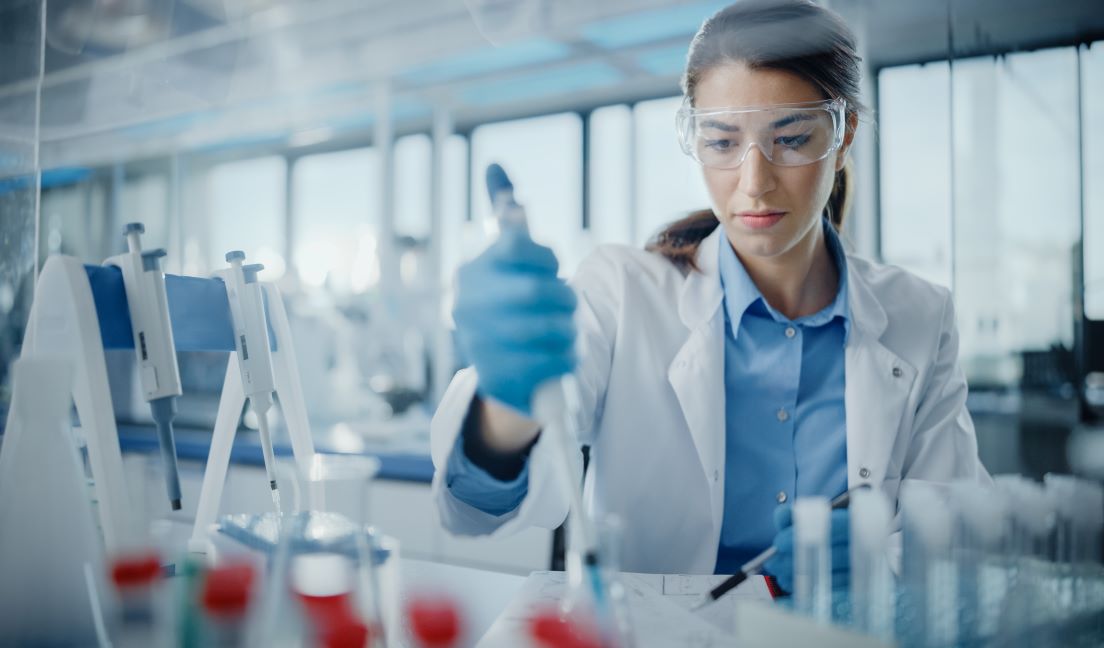We sat down with our resident expert, Kavan Mehta to talk about the current market shifts and challenges faced in laboratory water purification for the healthcare industry.
1. What are the world’s major markets for healthcare labs?
The world’s major healthcare lab markets are hospital, pharmaceutical, and clinical diagnostic laboratories. All feature applications for which Type I, II, III and IV water are required.
2. Why do healthcare laboratories require purified water?
High purity water is required for numerous processes to keep scientific and healthcare laboratories running efficiently and effectively. These include routine background procedures such as rinsing and washing of equipment, as well as for processing reusable instruments in Central Sterilisation Services Units (CSSU), where sterilisers and cart washers require pure water for the final rinse.
In diagnostic laboratories that use clinical analysers, high purity water is needed to eliminate residue build-up and biofilm due to impurities that can impact the functioning of sensitive equipment. Without it, laboratories may need to allocate resources to frequent sanitation, maintenance, and possibly part replacement, leading to downtime and lost revenue. High purity water is also used for preparing media & buffers. In diagnostic and medical research, ultra-pure water (Type I) is used for the dilution of samples as any impurities can compromise the results.
Distinct types of high purity water are required for different applications. To optimise costings while limiting equipment damage and maintaining result accuracy, it is important to determine the right level of water purity (whether Type IV, III, II or I) depending on the sensitivity of each application.
3. What challenges are there in water purification currently?
High purity water is particularly vulnerable to becoming contaminated by traces of soluble substances and contaminants, such as algae-forming microorganisms and gases like carbon dioxide. Therefore, maintaining consistent water quality presents a significant challenge.
To sustain purity parameters defined by organisations such as ASTM International, high purity water must be monitored regularly. This can be achieved through using equipment with built-in monitoring capabilities, and those that are connected to the Building Management System (BMS), which can create an alert if the purity of the water drops below one or more of the parameters. Collection areas should be rinsed before starting high purity water production, and ultrapure water should not be left sitting. It is also recommended to avoid plastic tubing at the outlet of purification apparatus, as this can leech microplastics into the water, and filters should also be cleaned or replaced regularly.
Another challenge is quick service response time when healthcare labs require system maintenance or fixes. Any delay in response from manufacturers and suppliers have a significant impact on productivity and resultant output. Linked to this, recent semiconductor and commodity shortages have impacted delivery and availability of consumables and spare parts. This has resulted in delivery delays and long production lead times for equipment, including in the water purity market, due to the use of chips in electrical water treatment apparatus.
Additionally, compliance is a growing issue for water purification systems, which must be certified to prove they meet healthcare water standards. In this heavily regulated industry, increasingly healthcare laboratories are implementing Good Laboratory Practice (GLP): compliance guidelines established by the Food & Drug Administration (FDA) in the US to regulate businesses and ensure their products are safe and fit for use. Water purification technologies come under the 5 P’s included (people, procedures, products, premises & equipment, and processes). Healthcare laboratories also seek ISO certifications such as ISO 9001:2015 and ISO27001:2013 to fortify the quality of their activities and ensure the safety of their patients.
4. Are changes in healthcare trends affecting the industry? If so, how?
Along with the increasing need for compliance in healthcare laboratories comes a need for greater amounts of more detailed documentation, which consumes resources. This has added to the need for water purification systems to be connected to the BMS to facilitate easy and well-documented monitoring of purity levels.
Connected to the BMS, scientists and laboratory staff can be automatically notified whenever there is a drop in water purity or a maintenance need. This centralisation and standardisation of monitoring saves person-hours and eliminates human error, which increases efficiency and preserves resources that can be better used for research and critical lab activities.
5. What are the solutions that Evoqua is providing to key players in the healthcare industry?
Evoqua has a range of lab water products and solutions to produce high purity water fit for use in healthcare laboratories, including Types I, II and III. We have the Modbus® features as an additional accessory for all products in our lab range, which allows the product to be connected to the internet, controlled remotely, and assists with digital monitoring.
We also have Ionpure CEDI cells in our lab systems that produce high quality deionised water, which can be used with sterilisers and cart washers, as well as for buffer preparation in laboratories. Within these systems, Digital Communication Rectifiers (DCRs), controlled by microprocessors, help laboratories to increase their energy efficiency and optimise costs by delivering power to the modules under constant control.

*Modbus is a trademark of Schneider Electric.
